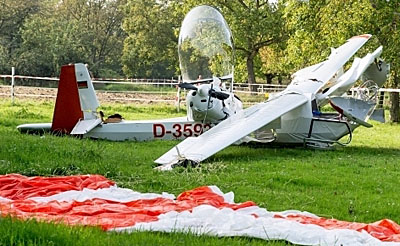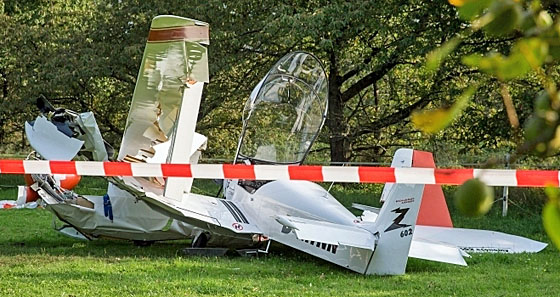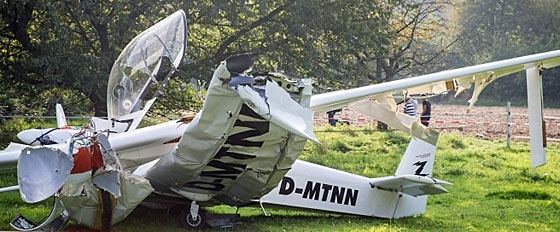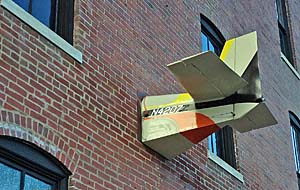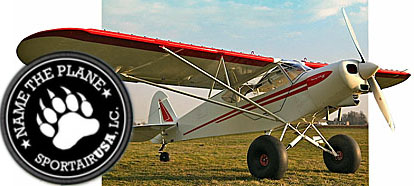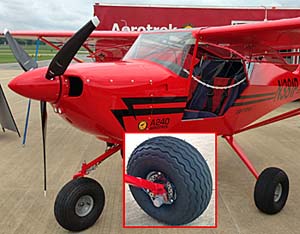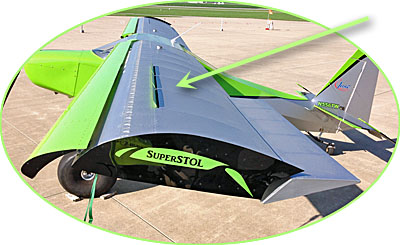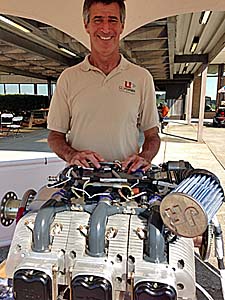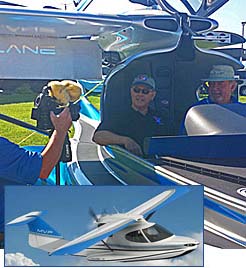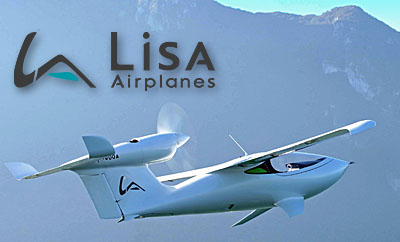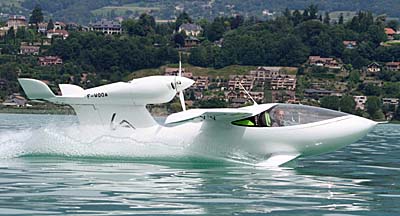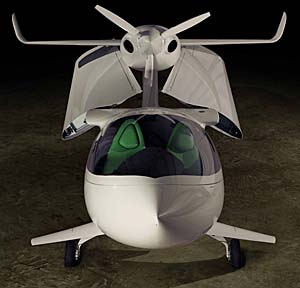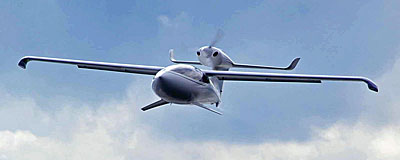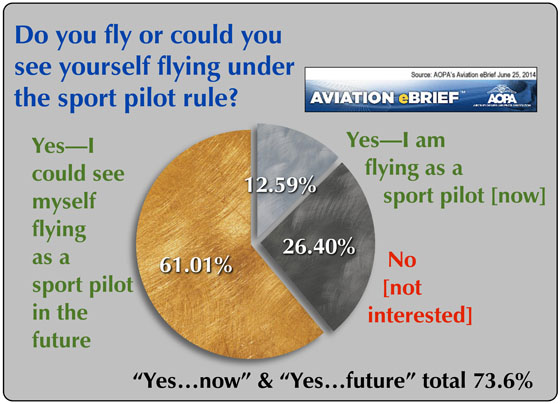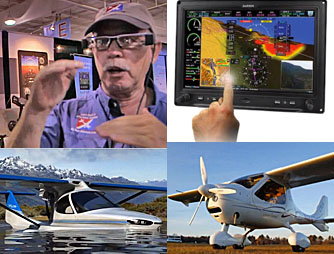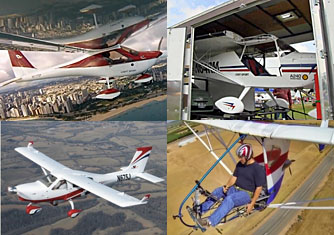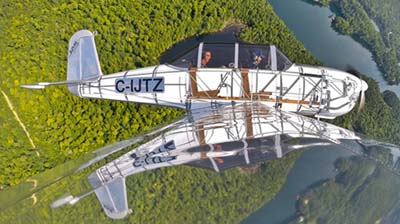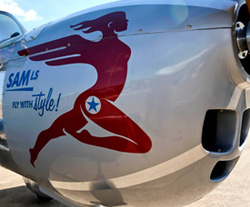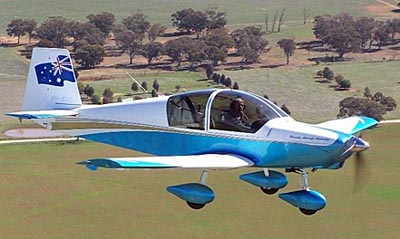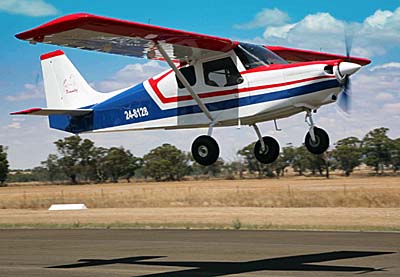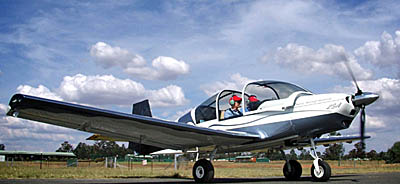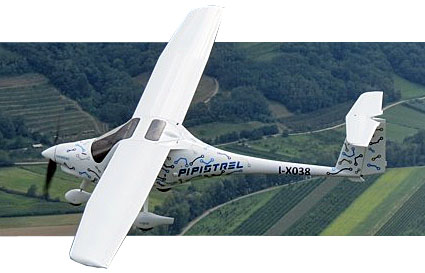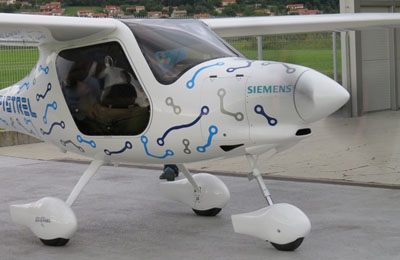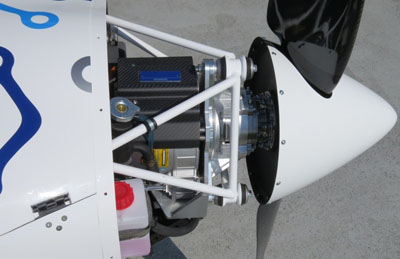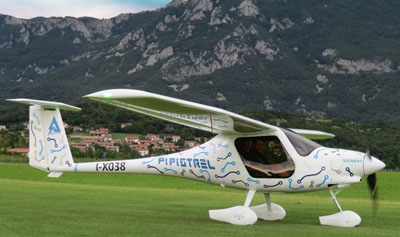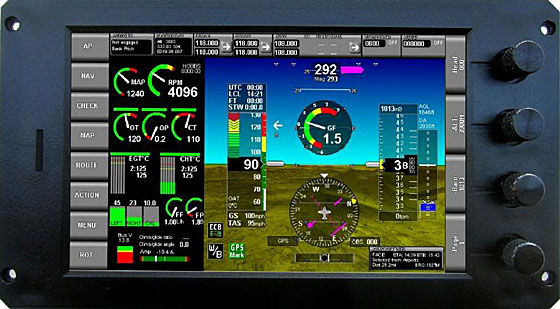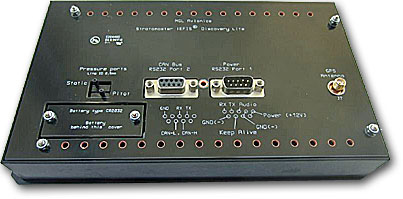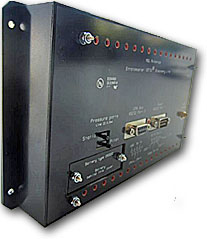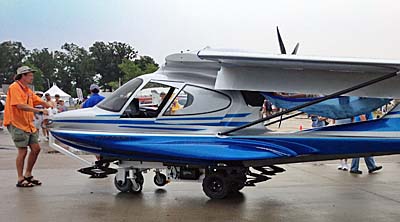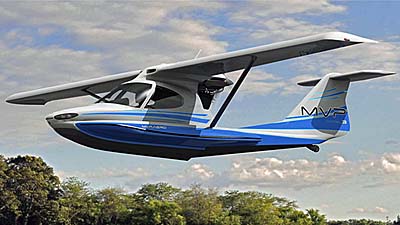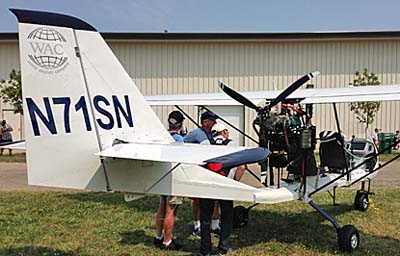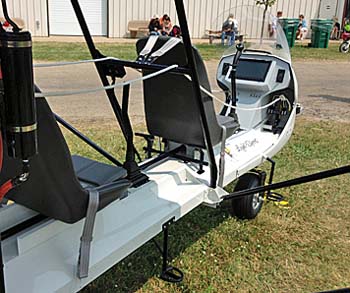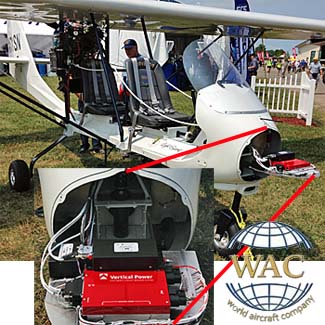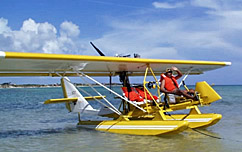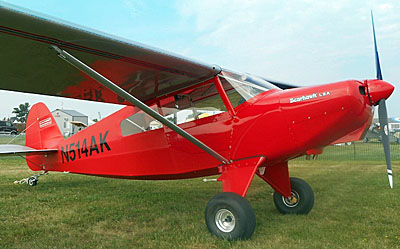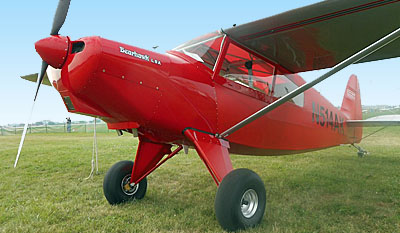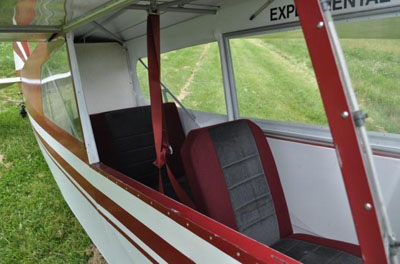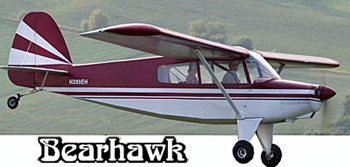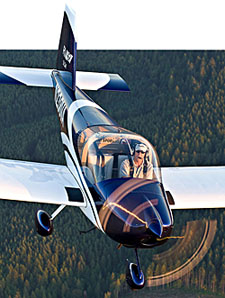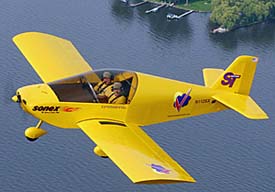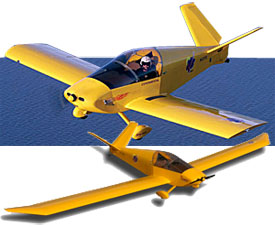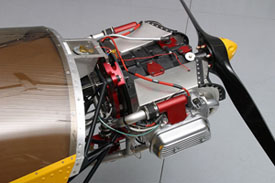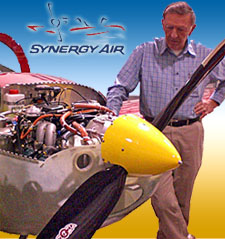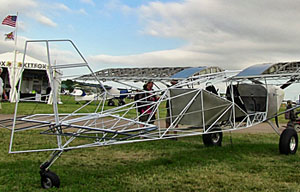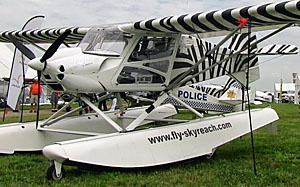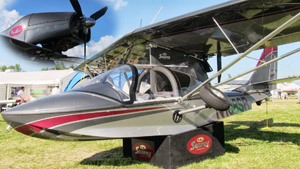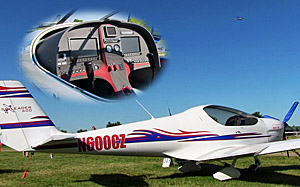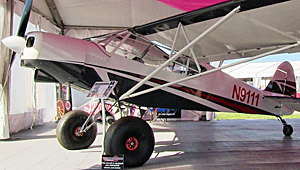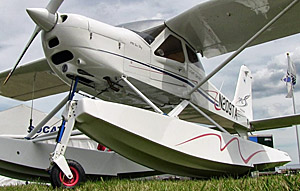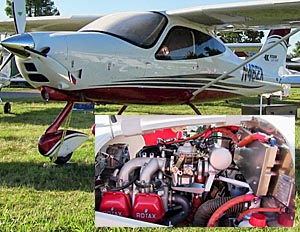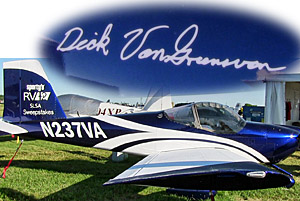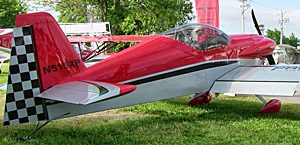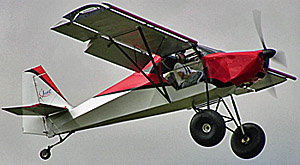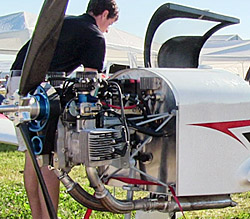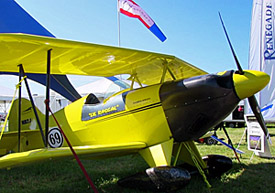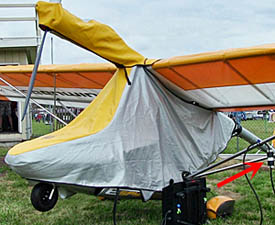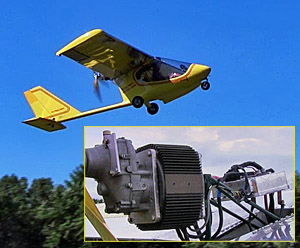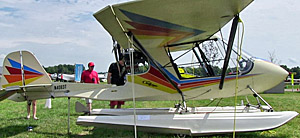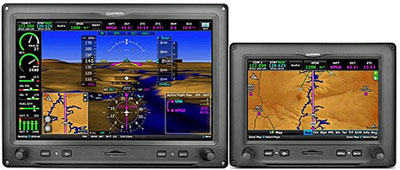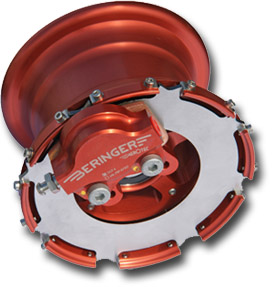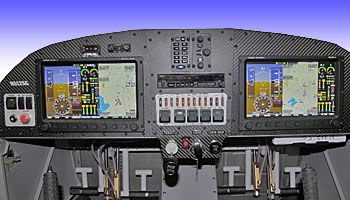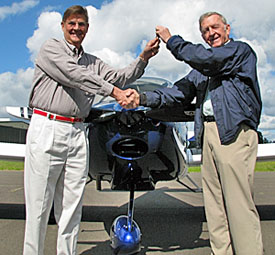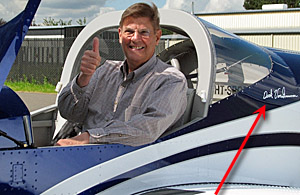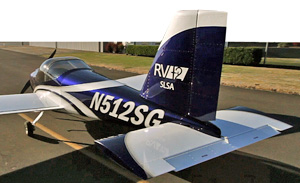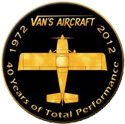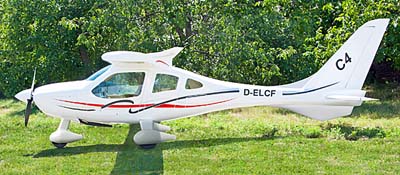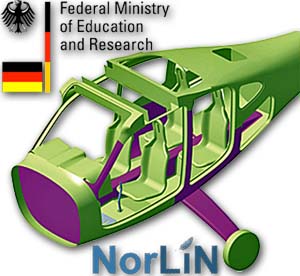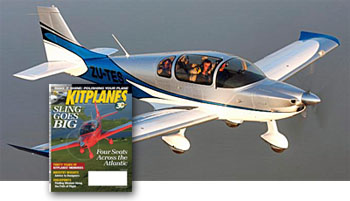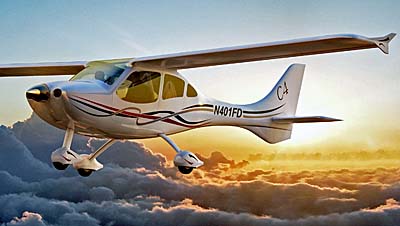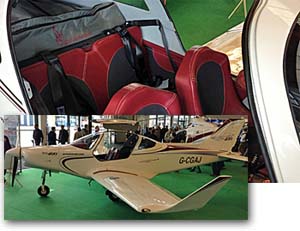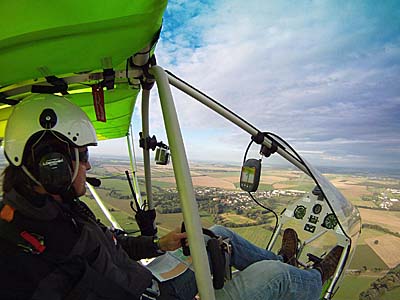
Evidently, a magic number exists to authorities in various civil aviation agencies around the developed world. That magic number — more correctly a range — is 115 to 120 kilograms, or 253 to 264 pounds. FAA led this charge way back in 1982 with the introduction of FAR Part 103 codifying that an airplane, ‘er … “ultralight vehicle” with an empty weight of 254 pounds — subject to certain exceptions for emergency airframe parachutes or float equipment — could be flown without three requirements common to all other aircraft. Part 103 vehicles• do not require registration (N-numbers); the pilots of these ultralights need no pilot certificate of any kind; nor do they need a medical. Such aircraft can be sold fully built, ready to fly. The entire regulation governing their use can be printed on the front and back of a single page of paper. This simply must be one of the most remarkable deregulatory efforts in all of aviation.


 Evidently, a magic number exists to authorities in various civil aviation agencies around the developed world. That magic number — more correctly a range — is 115 to 120 kilograms, or 253 to 264 pounds. FAA led this charge way back in 1982 with the introduction of FAR Part 103 codifying that an airplane, 'er ... "ultralight vehicle" with an empty weight of 254 pounds — subject to certain exceptions for emergency airframe parachutes or float equipment — could be flown without three requirements common to all other aircraft. Part 103 vehicles• do not require registration (N-numbers); the pilots of these ultralights need no pilot certificate of any kind; nor do they need a medical. Such aircraft can be sold fully built, ready to fly. The entire regulation governing their use can be printed on the front and back of a single page of paper. This simply must be one of the most remarkable deregulatory efforts in all of aviation. Thanks to
Evidently, a magic number exists to authorities in various civil aviation agencies around the developed world. That magic number — more correctly a range — is 115 to 120 kilograms, or 253 to 264 pounds. FAA led this charge way back in 1982 with the introduction of FAR Part 103 codifying that an airplane, 'er ... "ultralight vehicle" with an empty weight of 254 pounds — subject to certain exceptions for emergency airframe parachutes or float equipment — could be flown without three requirements common to all other aircraft. Part 103 vehicles• do not require registration (N-numbers); the pilots of these ultralights need no pilot certificate of any kind; nor do they need a medical. Such aircraft can be sold fully built, ready to fly. The entire regulation governing their use can be printed on the front and back of a single page of paper. This simply must be one of the most remarkable deregulatory efforts in all of aviation. Thanks to 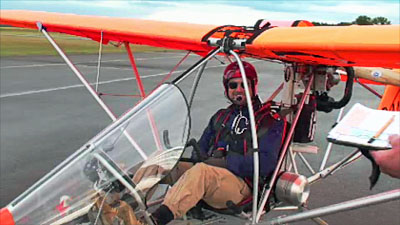 While the numbers are the same or similar, the names are different. In America FAA says FAR Part 103, Germans refer to their 120 kilogram Class or "120 Class," and in England a 115 kilogram class is known as SSDR for Single Seat De Regulated. All these classifications share similar — but not identical — freedom from the burden and expense of more traditional certification methods. In the USA, an aircraft called the
While the numbers are the same or similar, the names are different. In America FAA says FAR Part 103, Germans refer to their 120 kilogram Class or "120 Class," and in England a 115 kilogram class is known as SSDR for Single Seat De Regulated. All these classifications share similar — but not identical — freedom from the burden and expense of more traditional certification methods. In the USA, an aircraft called the 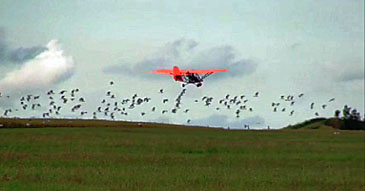 In Germany, the costs will be somewhat higher as the German 120-Class still demands some levels of approval that are not needed in the USA, plus freight from America to Europe adds expense. The German representatives (see
In Germany, the costs will be somewhat higher as the German 120-Class still demands some levels of approval that are not needed in the USA, plus freight from America to Europe adds expense. The German representatives (see 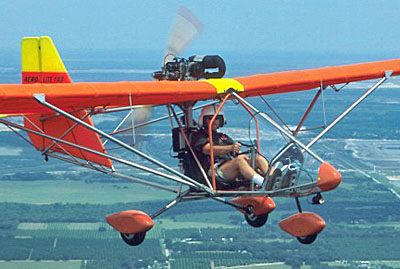 Too many people gripe about the cost of Light-Sport Airplanes even though they are far less costly than most new general aviation aircraft. In truth, they're lower cost brand new than many 10 or 20 year-old GA aircraft. The problem remains that a large number of interested pilots cannot afford $150,000. Hint: consider a partnership; this is an excellent way for some to have ownership. Nonetheless for many, six figures is simply more than they can stomach. Maybe it's time to think about a Part 103 or a 120-Class airplane ... perhaps the Aerolite — Aerolite 103 in America or Aerolite 120 in Germany. Let's review again: a nice, ready-to-fly airplane with most of the features you need to enjoy flying the friendly skies for less than $20,000. You may prefer a two seater or desire fancy equipment; if so, you have many great choices. Yet if you want to get airborne in a sweet-flying little airplane, Aerolite will bring a smile without emptying your retirement account.
• "Ultralight vehicle" was chosen to avoid running afoul of FAA definitions, which are quite specific. By steering clear of "airplane" or "aircraft," Sacrey's FAA team was able to put into place the remarkable Part 103 rule that removes so much of the burdensome regulation that confounds traditional American and international airplane development and raises the cost of aircraft. Of course Aerolite and other "vehicles" are actually genuine aircraft and so dealt with by FAA but such a description was apparently needed to get Part 103 through the system. Present-day FAA people suggest such a regulation would never succeed now ... so enjoy the magic of Part 103.
Too many people gripe about the cost of Light-Sport Airplanes even though they are far less costly than most new general aviation aircraft. In truth, they're lower cost brand new than many 10 or 20 year-old GA aircraft. The problem remains that a large number of interested pilots cannot afford $150,000. Hint: consider a partnership; this is an excellent way for some to have ownership. Nonetheless for many, six figures is simply more than they can stomach. Maybe it's time to think about a Part 103 or a 120-Class airplane ... perhaps the Aerolite — Aerolite 103 in America or Aerolite 120 in Germany. Let's review again: a nice, ready-to-fly airplane with most of the features you need to enjoy flying the friendly skies for less than $20,000. You may prefer a two seater or desire fancy equipment; if so, you have many great choices. Yet if you want to get airborne in a sweet-flying little airplane, Aerolite will bring a smile without emptying your retirement account.
• "Ultralight vehicle" was chosen to avoid running afoul of FAA definitions, which are quite specific. By steering clear of "airplane" or "aircraft," Sacrey's FAA team was able to put into place the remarkable Part 103 rule that removes so much of the burdensome regulation that confounds traditional American and international airplane development and raises the cost of aircraft. Of course Aerolite and other "vehicles" are actually genuine aircraft and so dealt with by FAA but such a description was apparently needed to get Part 103 through the system. Present-day FAA people suggest such a regulation would never succeed now ... so enjoy the magic of Part 103.